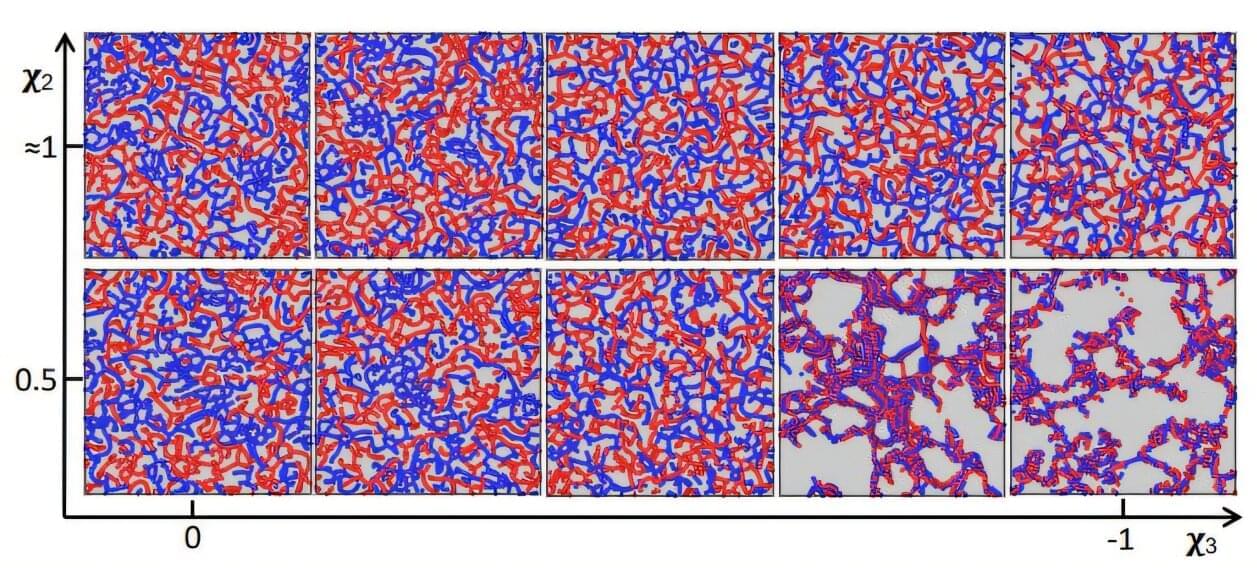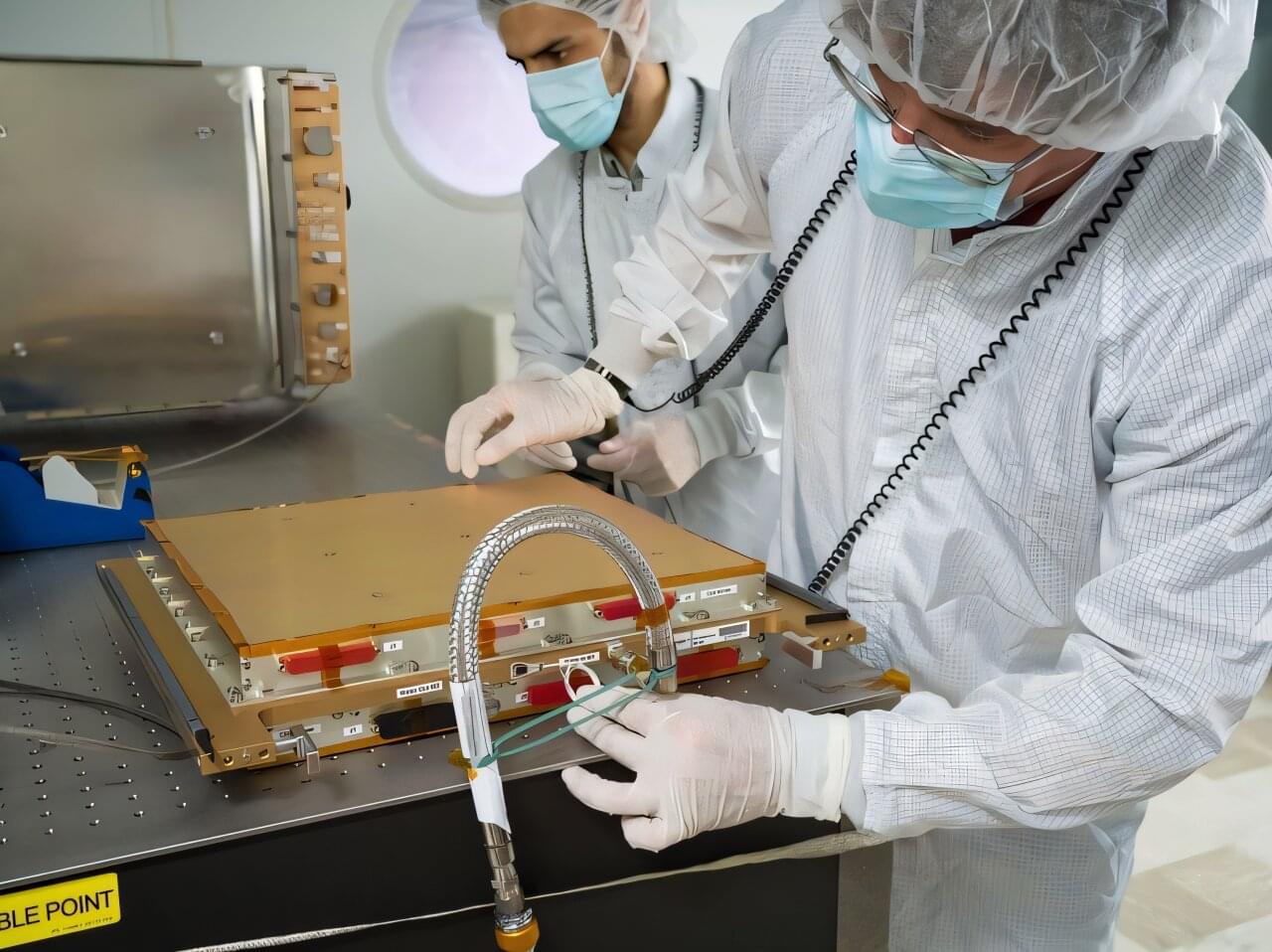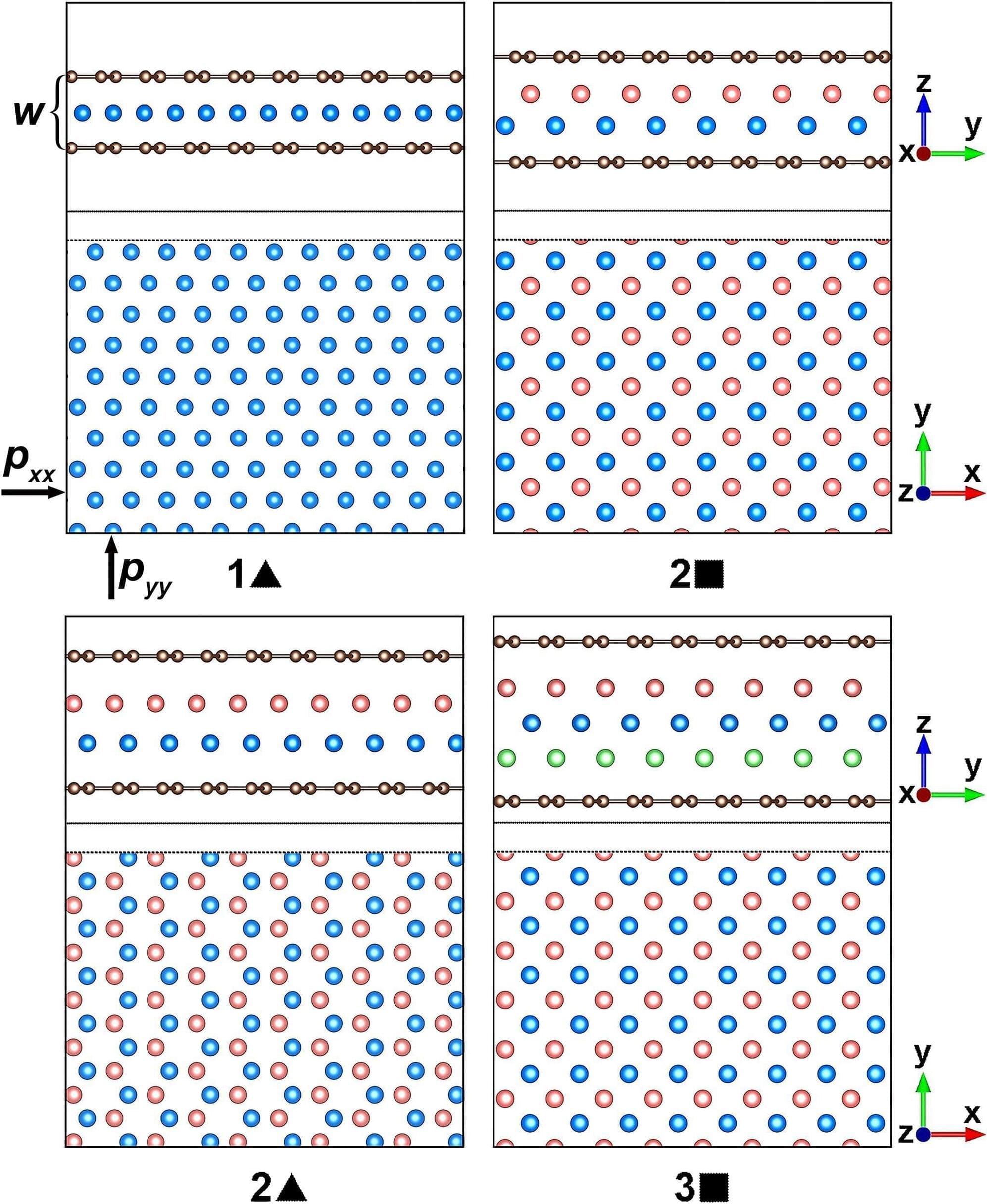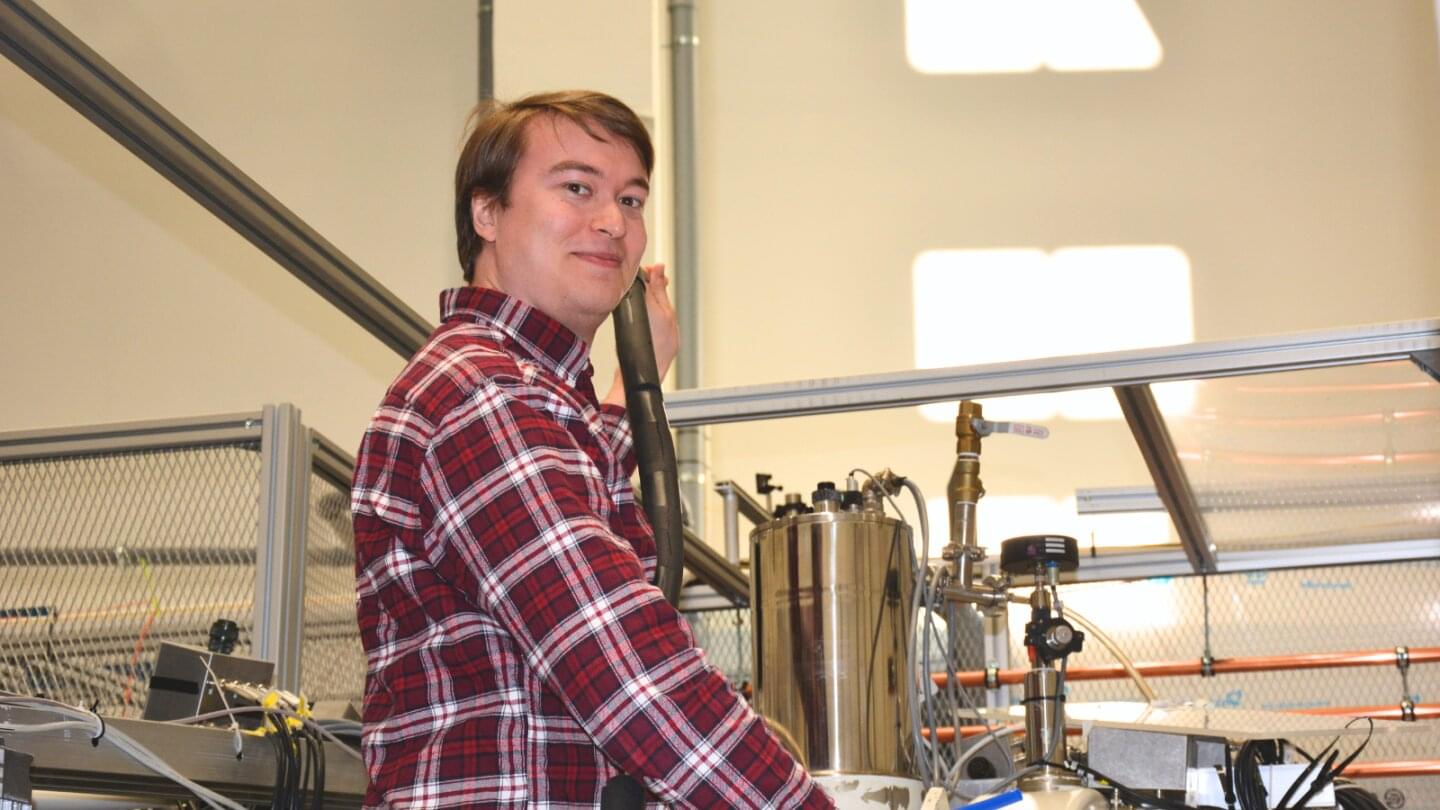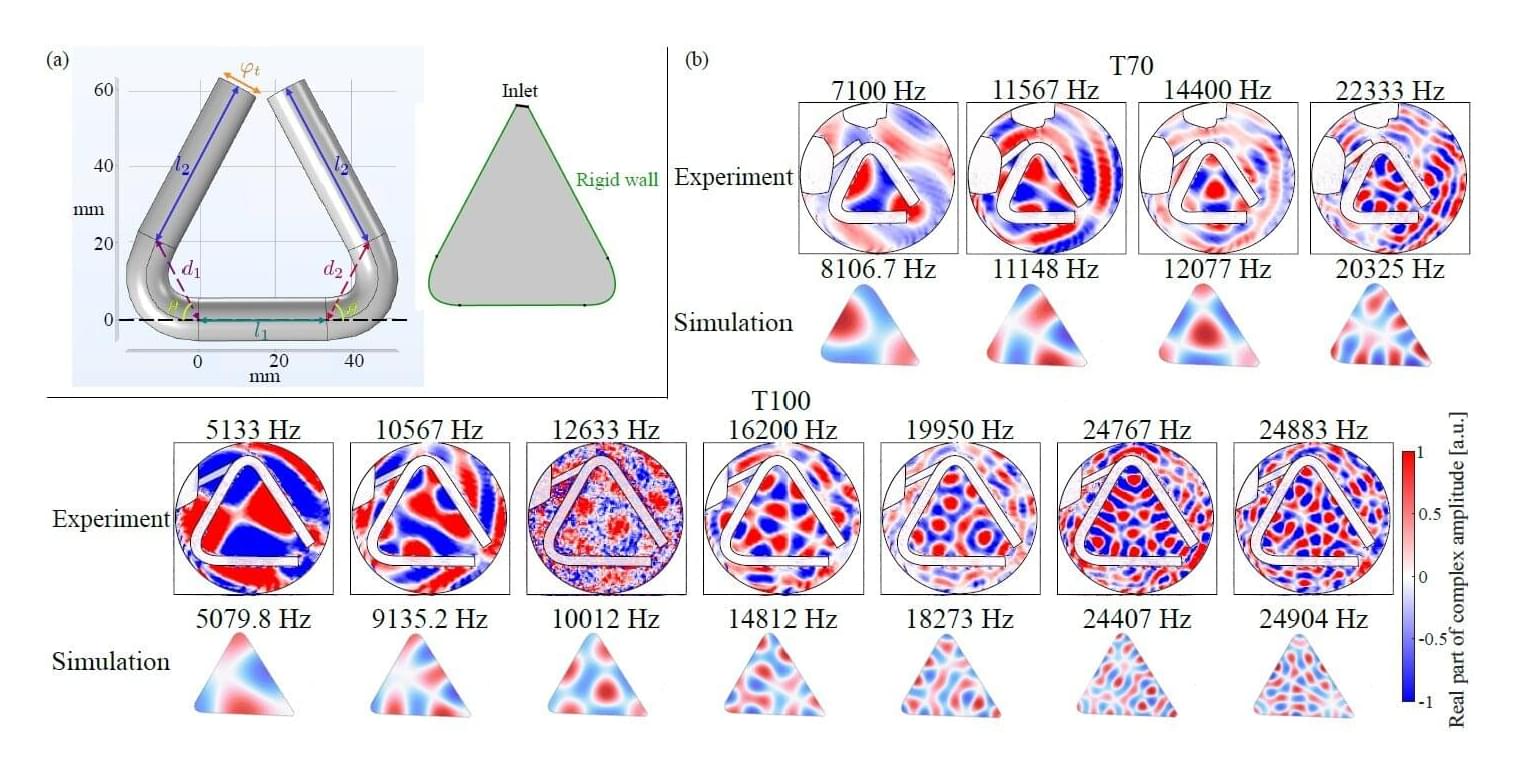In the urban parks of Barcelona, Spain, the calls of a tropical parrot fill the air. The bright green monk parakeet, native to South America, has found a new home in European cities. Monk parakeets thrive in huge colonies where they communicate with each other using many distinct sounds—offering scientists a unique window into understanding the interplay of individual social relationships with vocal variety.
For social animals, communication is a key that unlocks the benefits of group living. It’s well known that animals with more complex social lives tend to have more intricate ways of communicating, from the clicks and whistles of dolphins to the calls of primates. While this pattern is found broadly in many species, a new study on wild parrots drills deep into the social and vocal lives of individual birds.
Researchers at the Max Planck Institute of Animal Behavior (MPI-AB) analyzing the social networks of monk parakeets in Spain have uncovered how an individual’s social ties shape the calls these birds make.


